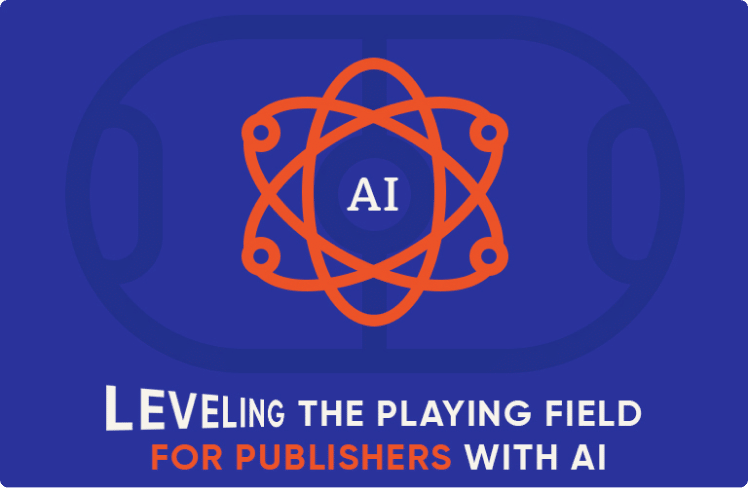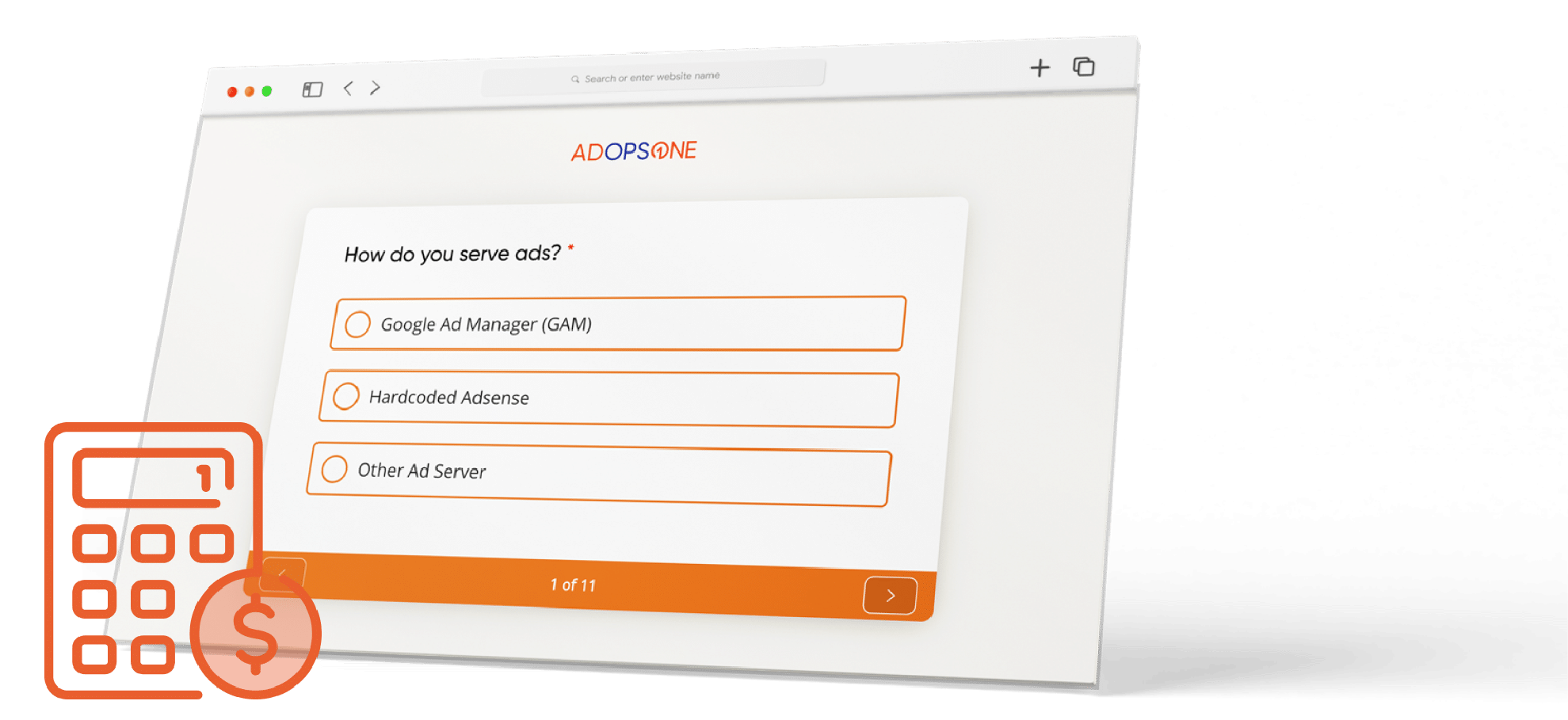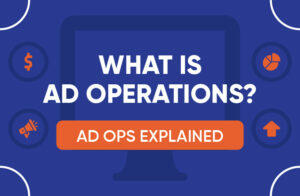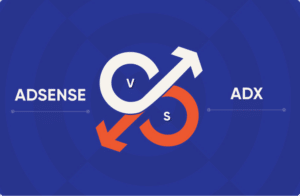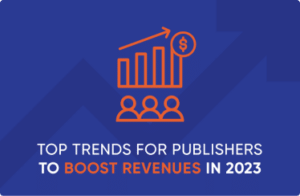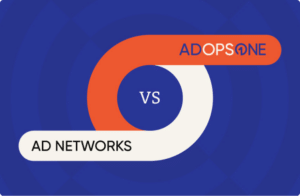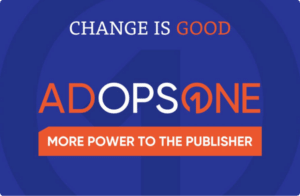It’s no secret that CPMs are down—by as much as 50% in 2022. That goes for publishers of every size, including some of the world’s biggest news and social media platforms. In fact, the entire industry has taken a hit from two years of a pandemic and its ensuing economic turmoil. Today, ad spend is experiencing a global slowdown. The complexity of fee structures across DSPs, networks, and exchanges often means publishers receive as little as 51% of advertisers’ original spend. Publishers may earn even less from diminishing spending in 2023. Finding the right tools to boost eCPMs and raise revenue from existing traffic is essential for publishers, especially as the industry faces another year of economic uncertainty.
WHY PUBLISHERS’ REVENUE CHALLENGES ARE MORE COMPLEX TODAY
Boosting revenue and managing risk requires a fresh look at a publisher’s entire ad ops process — from SSP floor pricing to workflow management. Unfortunately, for some publishers, the prospect can be daunting, prohibitively costly, and often impossible to complete without access to AI-powered analytics that can deliver actionable insights from historical and real-time data.
The complexity of programmatic bidding can strain any publisher’s ability to optimize eCPMs. Determining an optimal floor price for real-time bidding (RTB) is a data-intensive process—without access to the right data and analytics tools, publishers can inadvertently undervalue their inventory. Gleaning insights from big data, SSPs, DSPs, and exchanges and translating them into an informed assessment of audience segments and their value is also a time-consuming process that can overwhelm ad ops teams’ schedules and drain overall productivity. Workflow automation can provide a “one and done” solution for publishers: automating day-to-day administrative tasks saves time and allows publishers to benefit from an AI-powered analytics suite that automates decision-making and builds revenue.
HOW ONE STARTUP IS USING AI TO AUTOMATE AD OPS DECISIONING AND WORKFLOWS
Enter AdOpsOne, an “AdOps-as-a-Service” solution based in Mumbai, India, now launching in the U.S. from its offices in Chicago. AdOpsOne uses a unique combination of human and machine intelligence to optimize revenue and automate workflows for publishers.
“Publishers are facing significant challenges in this economy – CPMs are dropping, and budget cuts are happening at the same time.” according to AdOpsOne CEO and founder Lavin Punjabi.
AdOpsOne began with a single goal: to use the most advanced technology in the marketplace – AI and machine learning – to deliver the highest yield possible by solving operational challenges for publishers. AdOpsOne uses AI to analyze and optimize workflows, automate decisioning and provide publishers with real-time visibility across their existing ad management systems. Whether clients use Google AdSense, Google AdX, Supply Side Platforms (SSPs), or ad networks, AdOpsOne transforms fractured components of ad operations into a single, transparent ecosystem encompassing every aspect of ad ops for display, native, and video.
“Publishers need visibility over their ad operations, but they also need to be able to control critical actions to ensure that they are extracting the highest revenues,” states Punjabi. “That’s a labor-intensive, resource-intensive undertaking. That’s why automation is so important – it allows publishers’ ad ops teams to focus on long-term growth strategies. At the same time, automated decisioning leverages AI to adjust workflows and tasks according to new insights.”
MODERNIZING AD OPS WITH HUMAN-GUIDED AUTOMATION
AdOpsOne has helped clients by reconfiguring their interactions with ad networks, SSPs, and exchanges and shepherding them into a more effective way of running direct and programmatic ad operations. As a result, several AdOpsOne clients have reported experiencing up to 3X higher eCPMs from their existing traffic after using the solution.
A PARTING THOUGHT
As technology advances, publishers have to fight harder against downward eCPM pressure. That means gaining access to the same tech DSPs use to optimize CPMs and ROAS for their advertisers. Such tech would level the playing field between advertisers and publishers and allow publishers to fight eroding eCPMs.
